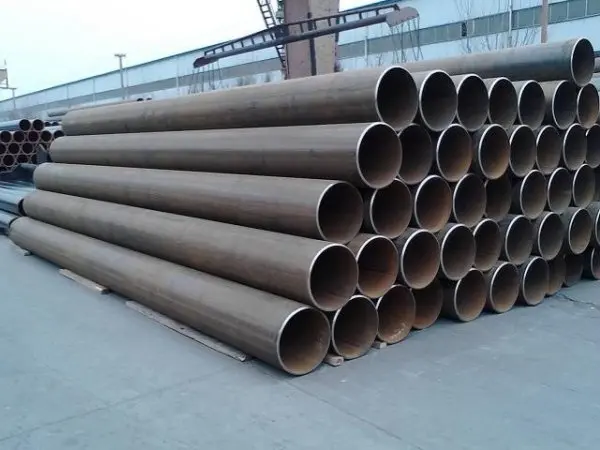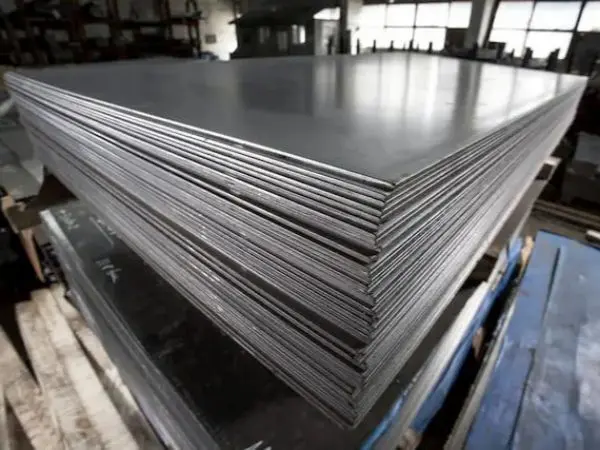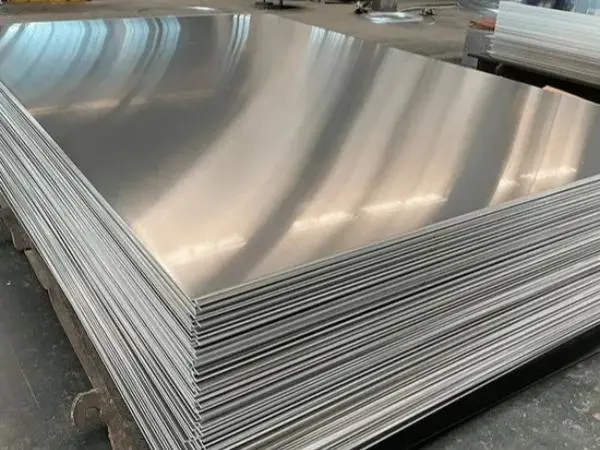- Phone0086 731 8564 8255
- E-mailsales@cscsteel-manufacturing.com
-

Rubber-lined pipes are designed to handle harsh operating conditions, such as corrosion, abrasion, and chemical exposure, often found in industries like mining, chemical processing, and wastewater treatment. Here’s a general overview of key specifications for rubber-lined steel pipes.
1. Base Material (Steel Pipe):
Material: Carbon steel (ASTM A106, A53, or equivalent) or stainless steel (ASTM A312, A213, etc.)
Diameter: Commonly ranges from DN 25 (1") to DN 1200 (48") or more.
Wall Thickness: Typically aligned with industry standards like SCH 40, SCH 80, or SCH 160 depending on application requirements.
Pressure Ratings: Can vary, but often fall within 150, 300, or 600 psi or higher, depending on the pipe's design and intended use.
End Connection Options: Flanged, grooved, or welded ends are available based on system design.
2. Rubber Lining Material:
Natural Rubber (NR): Used for mild chemical applications and wear resistance.
Neoprene (CR) or Chloroprene Rubber: Offers resistance to oils, acids, and abrasives.
Butyl Rubber: Provides high impermeability, good for chemical and acidic environments.
EPDM (Ethylene Propylene Diene Monomer): Suitable for applications involving water, steam, and certain acids.
Viton or FKM (Fluoroelastomer): For extreme temperature and aggressive chemical resistance.
3. Rubber Lining Thickness:
Standard Thickness Range: 3 mm to 10 mm (0.12 to 0.39 inches), depending on the service conditions.
For Abrasive Applications: Typically 6 mm or more.
For Chemical Resistance: 3-6 mm is often sufficient.
Tolerance: Thickness should be consistent with minimal variation to avoid weak spots in the lining.
4. Temperature Range:
Natural Rubber: Effective up to 70°C (158°F).
Neoprene (CR): Can handle temperatures up to 120°C (248°F).
Butyl Rubber: Up to 100°C (212°F).
EPDM: Performs well up to 150°C (302°F).
Viton or FKM: Can endure up to 200°C (392°F) or more, depending on the specific grade.
5. Chemical Resistance:
Ensure compatibility of the rubber lining material with the chemicals in the fluid being conveyed. Each rubber type has different levels of resistance to acids, alkalis, solvents, and hydrocarbons.
Natural Rubber: Good for inorganic chemicals (e.g., hydrochloric acid), but not strong oxidizing agents.
Neoprene: Suitable for oils and mild acids.
EPDM: Resistant to weathering, ozone, steam, and weak acids.
6. Pressure and Vacuum Rating:
Pressure Ratings: Dependent on the base steel pipe and lining. Typically, lined pipes can handle up to 150 psi, but higher ratings are available for thicker-walled steel pipes.
Vacuum Rating: Lined pipes may also be rated for vacuum conditions, particularly when handling highly corrosive or volatile fluids.
7. Testing and Quality Control:
Hydrostatic Pressure Testing: Performed on the lined pipe to ensure it withstands the designated pressure without leakage.
Adhesion Testing: Ensures that the rubber adheres properly to the steel, measured in peel strength (typically in lbs/inch or N/mm).
Spark Testing: Used to detect pinholes in the rubber lining by applying high-voltage electricity to identify any discontinuities in the lining.
Visual Inspection: To check for blisters, bubbles, cracks, or other imperfections in the rubber lining.
8. Lining Application Process:
Surface Preparation: Steel surfaces are thoroughly cleaned (sandblasting or grinding) to remove rust, scale, and other impurities.
Adhesive Application: A special adhesive is applied to ensure proper bonding between the rubber and steel.
Lining Process: The rubber sheets or extruded tubes are applied and pressed onto the steel pipe.
Curing: The rubber is vulcanized (either through an autoclave or other methods) to ensure durability and adhesion.
9. Pipe Fittings and Accessories:
Rubber-Lined Elbows: Commonly used in abrasive service for directional changes.
Rubber-Lined Tees: Used in pipelines to branch off the main flow.
Rubber-Lined Flanges: Provide a sealed connection between pipe sections.
Reducers and Expansion Joints: Often lined with rubber to handle variable flow rates and movements in piping systems.
Rubber-lined pipes are an excellent choice for corrosive and abrasive environments, extending the life of piping systems and reducing maintenance costs. Proper material selection, application, and testing are crucial for maximizing the performance of rubber-lined steel pipes in any industrial setting.




